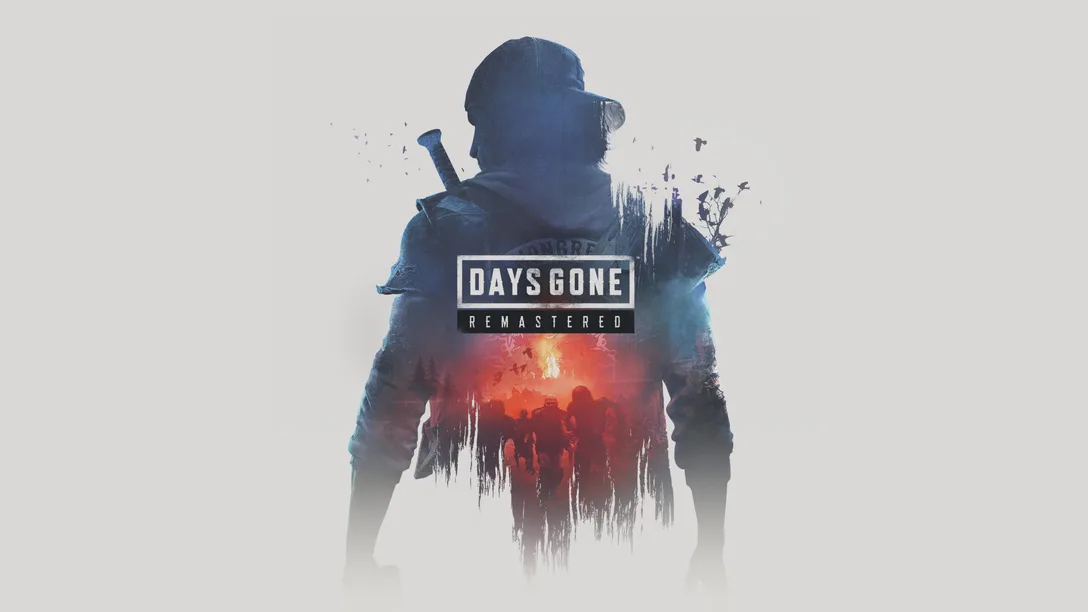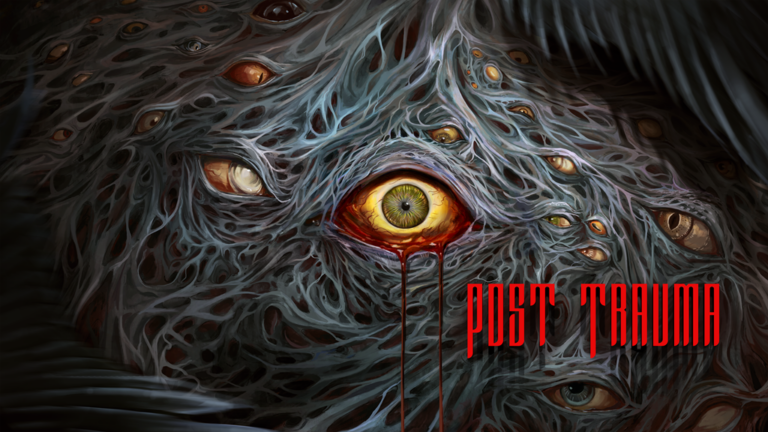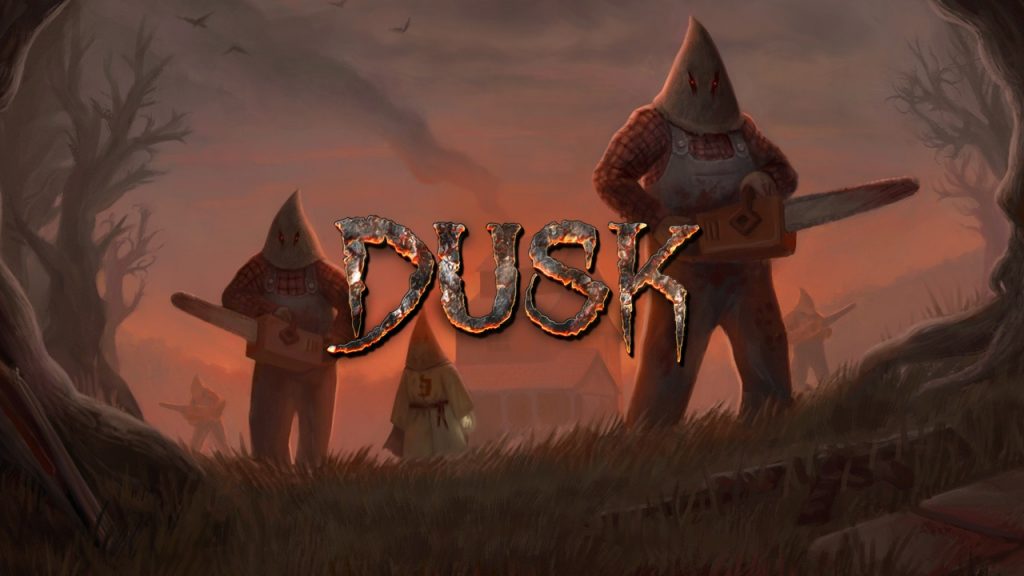
In an era of franchise reboots, reimagining, and spiritual successors, DUSK is unique. Seemingly pulled directly from the low-poly Quake-era of PC FPS, DUSK pays homage to Id Software’s aforementioned opus, DOOM, Unreal, Blood, Redneck Rampage, and too many others to count. Yet in terms of level and encounter design, it also learns from other games inspired by 90s shooters like the Painkiller series and 2016’s DOOM reboot. The result is a lovingly crafted homage to a bygone era of shooters that retains the unique creativity and high octane gameplay that made those games so memorable, without falling prey to the genre’s pitfalls; what makes DUSK so special is that it can stand side-by-side with its inspirations, rather than existing as a pale imitation.
Like its pre-Half Life inspirations, the narrative of DUSK is a no-frills affair that takes a backseat to thrust players right into the action. Players start the game as The Intruder, a faceless cypher investigating cult activity in the small backwood town of Dusk. In classic horror movie fashion, he is kidnapped, only to escape and kill his attackers. From there, players will work their way through hordes of enemies, moving from level to level across three uniquely-themed episodes utilizing an arsenal of powerful weapons and power-ups to defeat the dark forces threatening the earth.
The first thing I noticed about DUSK was just how damn good it feels to play. Coming from a childhood of Unreal Gold and Marathon 2, the buttery-smooth movement and lightning-fast aiming quickly tapped into old muscle memory. Rocket jumping and bunny hopping are also included, which should warm any classic Quake-player’s heart. Circle-strafing and dodging fireballs to close distance and blast an enemy to bits feels just as good as any classic 90s shooter, bolstered by DUSK‘s careful execution of what makes a good arsenal and how good they should feel for the player to use.
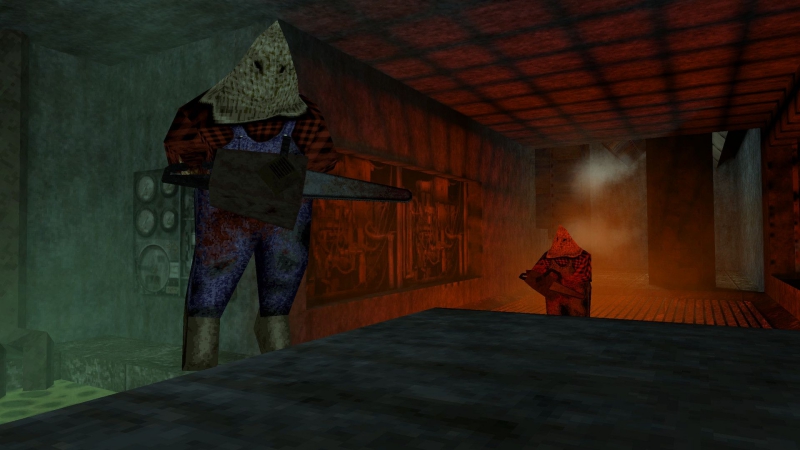
And what an arsenal it is. In true form, DUSK allows players to switch between a plethora of weapons on the fly, including rifles, shotguns, crossbows, and an explosive Rivet Gun. Standard lever-style shotguns and pistols can be dual-wielded for maximum effect, and become even more devastating when used with a power-up that boosts firing speed. My personal favorite however, is the DOOM II-style double barrel shotgun, which eviscerates smaller enemy up close. Between the visible impact on enemies, recoil, and satisfying sound design, every weapon in DUSK is a satisfying joy to use.
DUSK‘s episodic structure is reminiscent of the original DOOM, not just in how each episode is uniquely themed and introduces new enemies and mechanics, but because of how the game’s design evolves and escalates between each episode. Episode 1 is a pleasing throwback to ultraviolent horror shooters in its own right, featuring demonic goats, shotgun-wielding scarecrows, and plenty of clever level design. In true 90s fashion, completing levels involves finding multiple colored keycards to access new areas, and plenty of secrets hidden along the way for intrepid players to seek out. For fans of a genre that has seen plenty of imitators over the years but few true successors, DUSK is immediately a welcoming experience.
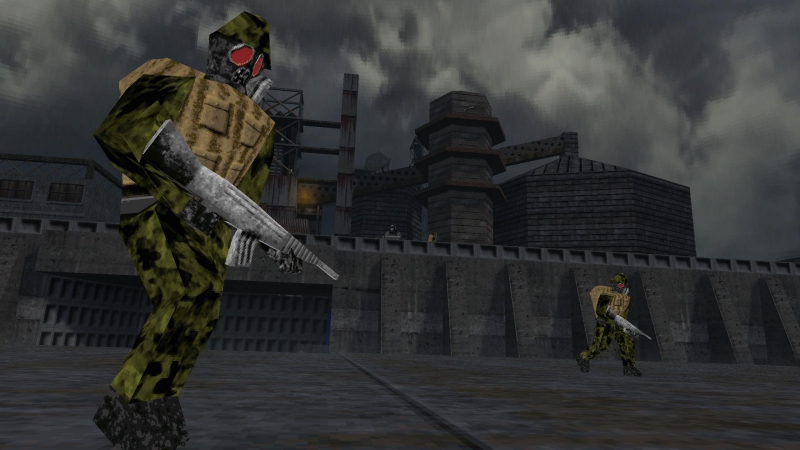
In my opinion, Episode 2 is the weakest of the trilogy. While the level design picks up the pace by alternating more widely between large-scale battles in open areas and claustrophobic shootouts in paramilitary-industrial strongholds and new mechanics are introduced, the greater variety is offset by an overall less focused direction. Some parts are a welcome change of pace, and the game maintains its propensity for memorable, balanced encounter design throughout, but some areas of Episode 2 make navigation needlessly difficult.
Where DUSK truly shines is the recently released Episode 3. After encounters in cultist-infested woods and military compounds, DUSK turns everything to 11, plunging the player into some of the most creative, bizarre, and memorable levels in any first-person shooter, ever. In any other shooter from the 90s, one or two of the levels in Episode 3 would have become fan favorites, but in DUSK there are easily seven or eight standouts. Multiple encounters and set pieces managed to elicit genuine emotion from me, ranging from ear-to-ear grins to goosebumps. Episode 3 even manages to turn DUSK‘s previously slim worldbuilding into a series of strong narrative moments that culminate in one hell of a finale.
One of my favorite aspects of DUSK is the game’s steadfast dedication to horror. Like Blood and DOOM before it, eagle-eyed horror fans will find references and homages aplenty to classic films and games. Yet DUSK‘s horror elements are more than just set dressing. Developer David Szymanski ties horror intrinsically to DUSK‘s level and combat encounter design, toying with player expectations by using clever timing and enemy mechanics to create genuine tension. Not only does this allow the game’s pacing some time to breathe, but it strengthens how overall memorable DUSK is by throwing some much-needed variety in what could otherwise be a typical 90s shooter toolbox.
It’s that same variety that makes DUSK stand out. DUSK is a game made with a clear love for old-school FPS, but not a slavish devotion to it. Nor does it simply give the players big guns and lots of enemies and call itself a throwback. By blending level design philosophies and steadily introducing new enemy types, DUSK keeps players on their toes, eager to see what comes next.
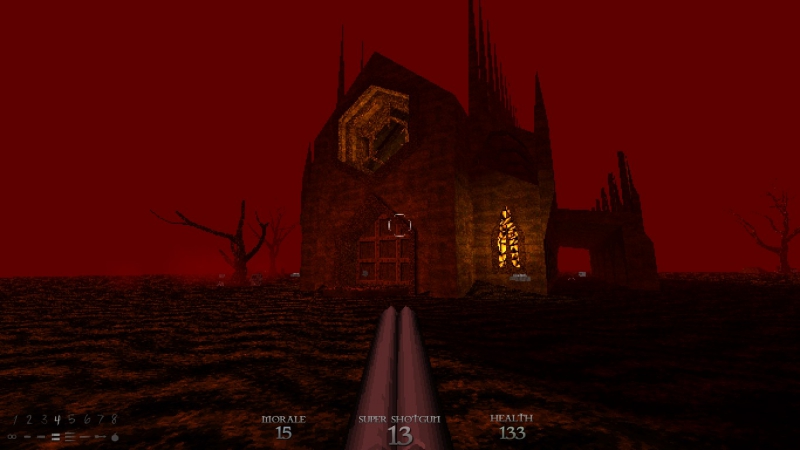
Despite an uneven middle section, DUSK is a strong package for fans of retro shooters and action games in general. On default difficulty the game took around 11 hours for me to complete, and I plan to revisit the game with the promise of future updates and a Nintendo Switch release. That having been said, I only found around a third of the game’s secrets and with multiple difficulties left to try, there are no shortage of excuses one can come up with to return to DUSK‘s beautiful blocky world.
Of course, what would a Quake-inspired shooter be without a multiplayer mode? While DUSKWorld, the game’s Deathmatch mode is a fairly simple offering, it is currently more populated than most online arena shooters, and offers plenty of satisfying action for multiplayer fans yearning for days without auto-aim and persistent progression. The multiplayer also features original maps that are some of the best I’ve seen since 2016’s DOOM, and the fact that many of them are reminiscent of classic Unreal doesn’t hurt my nostalgia either.
I’ve been excited for DUSK since I first heard about it. While other indie titles like Midnight Ultra and Strafe have taken influence from classic horror-shooters, they never gave me the full experience I was looking for; DUSK has. Minor shortcomings aside, it’s an innovative experience that stands as a true successor to the retro-FPS throne; not just because of how well it learns and innovates on the core design of those games, but because it maintains it’s own sense of originality and creativity along the way.
DUSK fuckin’ rules.
 (9.5 / 10)
Amazing
(9.5 / 10)
Amazing
 (9.5 / 10)
(9.5 / 10)
 Bad_Durandal
Bad_Durandal